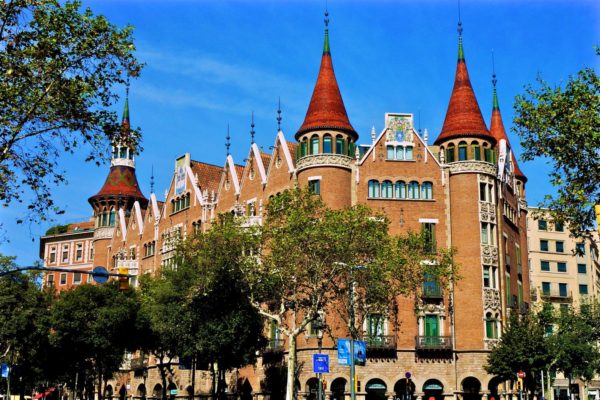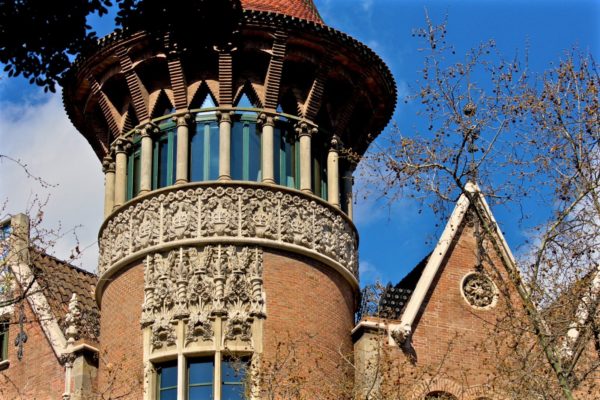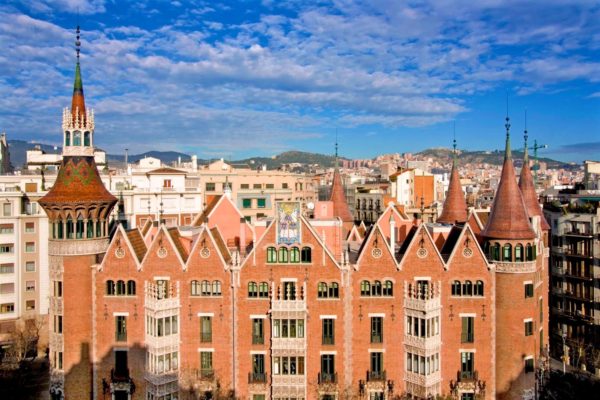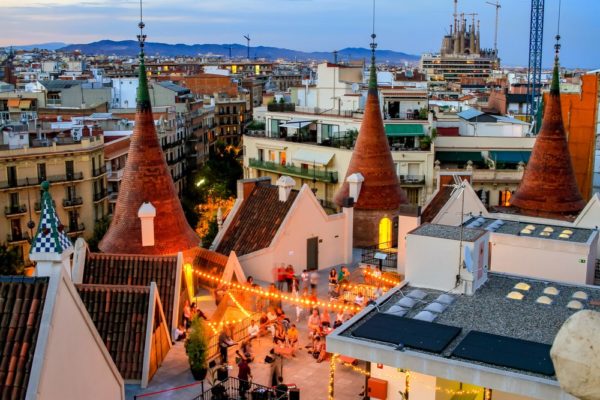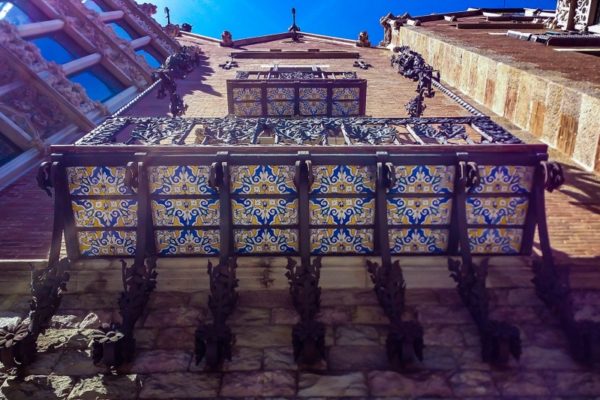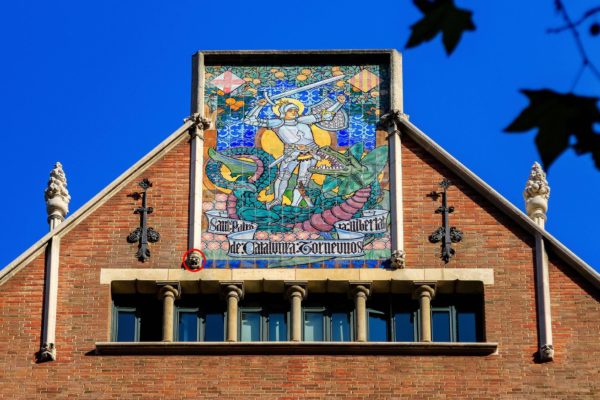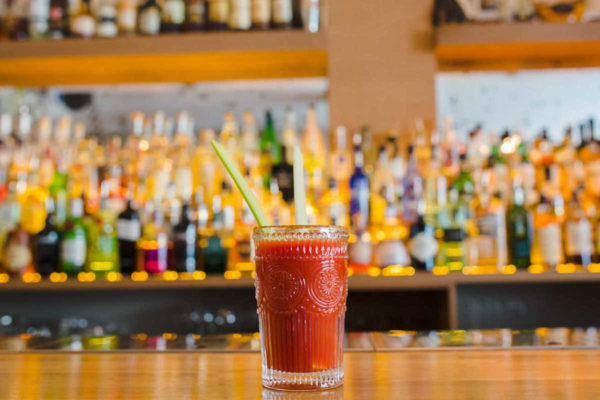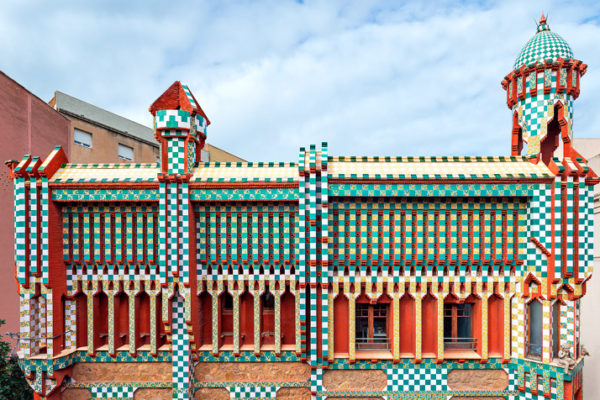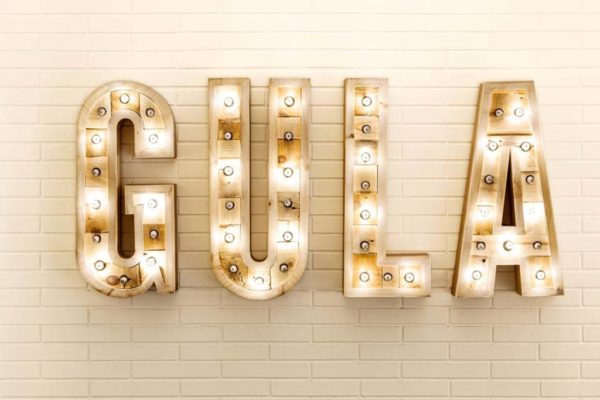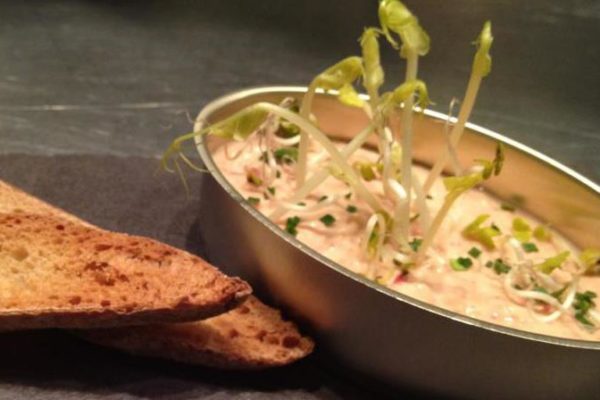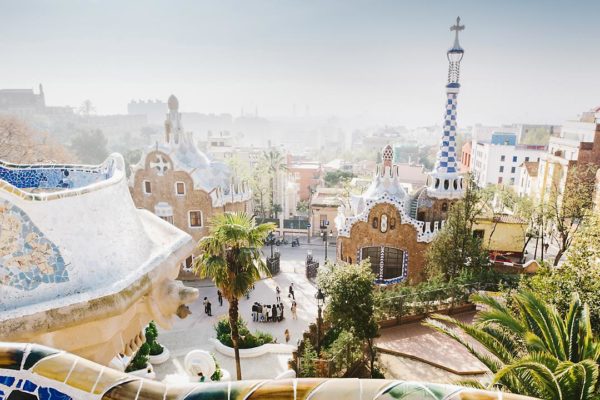In the second half of the XIX century, thanks to the successful development of the steel industry and the textile industry, Barcelona experienced a period of economic prosperity. By the beginning of XX century, Catalonia became the most developed and richest region in Spain and was suddenly at the forefront of world art trends. This era is called the Catalan Renaissance, when many wealthy industrialists began to invest in art and architecture, Originating thus a new style - the Catalan modernism. And it is not only Gaudí, Modernist architects worked dozens, and sculptors, artists, furniture masters, jewelers, poets, writers, Composers ... There is construction of a new quarter Eixample, where the real competition begins, wherein each architect, with no restrictions budget, It gives full freedom to the imagination and the light are born unique buildings, lush mansions, which for many centuries to come will make Barcelona "open air museum".
What is modernism? First of all, the rejection of symmetry, classical canons and constraining rules, craving for the exotic, an abundance of plant forms, preference ornamental curved lines straight, an eclectic mix of styles, which was dominated by the Moorish and baroque motifs, but above all Gothic forms. The emphasis on the Gothic style was a national political signal. After the first great flowering of Barcelona has experienced in the late Middle Ages, during the period, when the city was a major power in the western Mediterranean. Now barselontsy applied to the roots of Catalan culture, history and language, trying to revive the old traditions, depicting almost every house knight George and Catalan flag.
At the same time an attempt to revive the past masters are not afraid of experimentation and new techniques of construction. In this way, bare brick, cast iron, glass tiles and finally turn into proprietary materials of Catalan modernism.
A prime example of Catalan modernism - The House with the Peaks. One rich Catalan family of Tarrades names owned three buildings, standing on the avenue Diagonal. They had three daughters, which 1903 was decided to entrust one of the most famous architects of the time, Josep Puig i Cadafalch, combine building a large stone facade, astounding.
The house from a distance resembles a medieval Gothic castle, and It got its name because of the six pointed towers, erected on the corners of buildings. There are building something and from the Flemish town hall. The decoration of Puig i Cadafalch, use different materials - steel based red brick, and stone, glass, ceramics and iron. The house has six facades and each is decorated differently, exquisite stone carvings or paintings as a tile mural allegorical subjects. The most famous of them is the image of a warlike Saint George. It reflects the rebellious spirit of the province's prior explicit call «Sant Jordi, patron of Catalonia, torneunos freedom ", that is, "St. George, Catalonia's patron, Give us freedom ".
Now Casa de les Punches is private and to 2016 the building was closed to the public. but 2016 g. After the restoration of Casa de les Punxes opened its doors to all who want to touch the beautiful. Now architecture fans will be able to inspect this unusual look inside a mansion, to go on the first and ground floors, where the gift shop and the bar. Besides, Guests are invited to enjoy Barcelona from the terrace of this unusual building.
Every day except 25 December, 9 a.m. to 20-00



